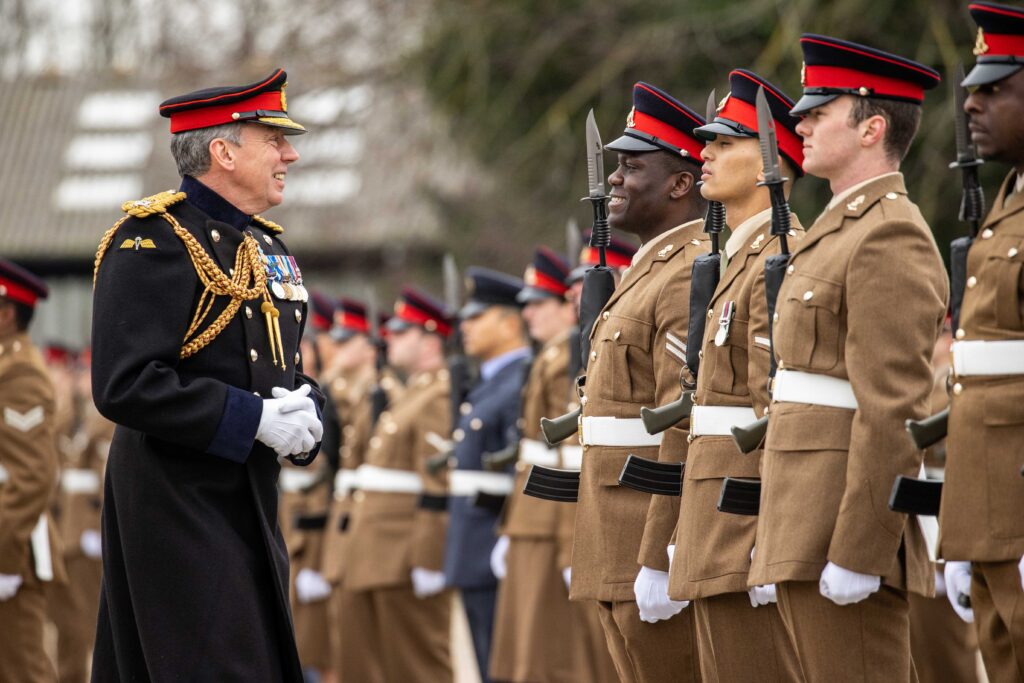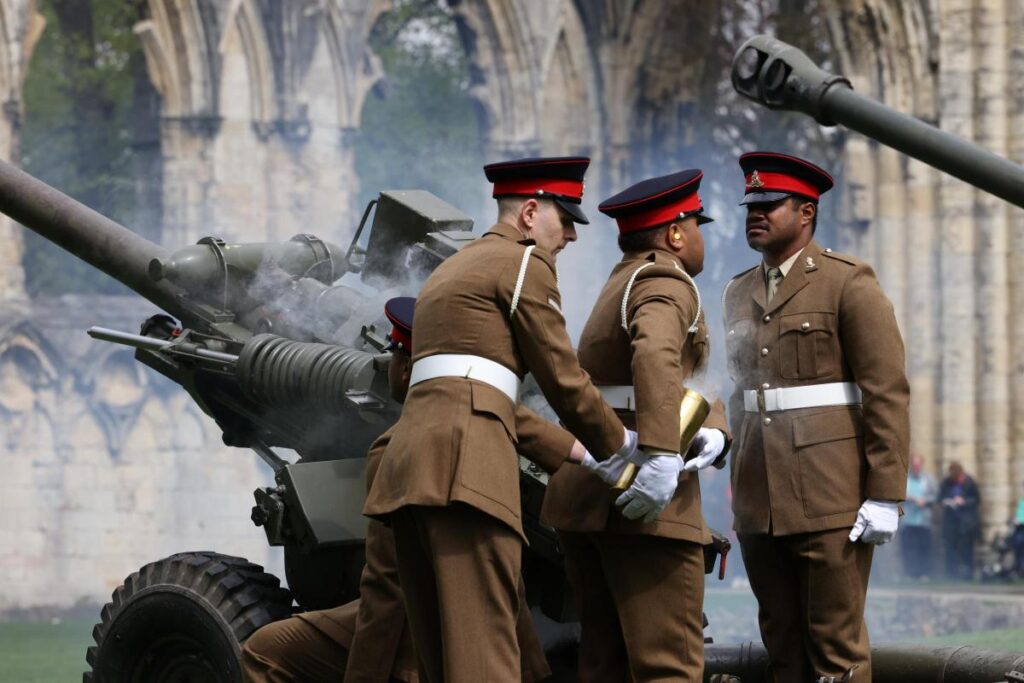
The Royal Regiment of Artillery, commonly known as the Royal Artillery (RA), is one of the most prestigious and oldest regiments in the British Army. It has a long and storied history dating back to the early 18th century and has played a crucial role in numerous military campaigns and conflicts throughout its existence.

Historical Background
The Royal Regiment of Artillery was officially established on May 26, 1716, by Royal Warrant. However, its origins can be traced back even further to the early artillery companies of the late medieval period. The regiment was formed to provide the British Army with a dedicated and professional force capable of operating the increasingly sophisticated artillery pieces of the time.
Key Historical Milestones:
- 18th Century: The regiment saw significant action in various conflicts, including the War of Austrian Succession, the Seven Years’ War, and the American War of Independence.
- Napoleonic Wars: The Royal Artillery played a pivotal role in the battles of this era, including the Battle of Waterloo in 1815, where their effective use of artillery contributed to the defeat of Napoleon.
- Crimean War: The regiment’s performance during the Siege of Sevastopol highlighted the importance of artillery in siege warfare.
- World War I: The Royal Artillery expanded significantly, with over a million men serving in its ranks. It was crucial in trench warfare, providing heavy bombardments and counter-battery fire.
- World War II: The regiment was instrumental in various campaigns, including the North African campaign, the Italian campaign, and the D-Day landings. It adapted to new technologies and tactics, including anti-tank and anti-aircraft roles.
- Post-War Era: The Royal Artillery continued to serve in numerous conflicts, including the Korean War, the Falklands War, and operations in Iraq and Afghanistan.
Structure and Organization
The Royal Artillery is structured into multiple regiments, each specializing in different types of artillery and support roles. The regiment includes both regular and reserve units, ensuring flexibility and adaptability in various operational contexts.
Key Components:
- Field Regiments: Equipped with artillery pieces such as the AS-90 self-propelled gun and the L118 Light Gun, these regiments provide direct fire support to infantry and armored units.
- Air Defence Regiments: Utilize systems like the Rapier and Starstreak to protect ground forces from aerial threats.
- Surveillance and Target Acquisition Regiments: Employ advanced radar and drone technology to locate and designate targets for artillery fire.
- Specialist Units: Include units trained in specific roles such as locating enemy artillery (counter-battery) and providing fire support for special operations forces.
Operational Role
The Royal Artillery’s primary role is to provide fire support to the British Army. This includes a variety of tasks, such as:
- Indirect Fire Support: Using artillery pieces to engage targets at long ranges, providing critical support to infantry and armor.
- Anti-Aircraft Defence: Protecting ground forces and installations from enemy aircraft.
- Surveillance and Reconnaissance: Using advanced technology to locate enemy positions and direct artillery fire.
- Counter-Battery Fire: Detecting and neutralizing enemy artillery.
- Precision Strike: Employing guided munitions to engage high-value targets with pinpoint accuracy.
Traditions and Culture
The Royal Artillery is steeped in traditions that reflect its long history and distinguished service. These traditions help maintain a strong sense of identity and pride among its members.
- Motto: “Ubique” (Everywhere) and “Quo Fas et Gloria Ducunt” (Where Right and Glory Lead). The motto “Ubique” reflects the regiment’s presence in every major conflict involving the British Army.
- Cap Badge: Features a cannon, symbolizing the regiment’s artillery role.
- Regimental March: “British Grenadiers” and “Royal Artillery Slow March” are the traditional marches of the regiment.
- Regimental Days: Significant dates, such as the anniversary of the Battle of Waterloo, are celebrated to honor past achievements.
- Regimental Museum: The Royal Artillery Museum, also known as Firepower, showcases the regiment’s history, including artifacts, uniforms, and records of service.
Modern Role and Adaptability
The Royal Artillery continues to evolve to meet the demands of contemporary warfare. Technological advancements and changes in military doctrine have led to new roles and capabilities for the regiment.
- Advanced Artillery Systems: The regiment utilizes modern artillery systems such as the AS-90 self-propelled gun, the L118 Light Gun, and the Guided Multiple Launch Rocket System (GMLRS).
- Drones and UAVs: Unmanned aerial vehicles (UAVs) are used for surveillance and target acquisition, providing real-time intelligence and enhancing the accuracy of artillery fire.
- Precision Munitions: The use of precision-guided munitions allows for more accurate and effective strikes, minimizing collateral damage.
- Integration with Joint Forces: The Royal Artillery works closely with other branches of the British Armed Forces and allied militaries, ensuring coordinated and effective fire support in joint operations.
Conclusion
The Royal Regiment of Artillery remains a vital and respected component of the British Army. Its rich history, traditions, and adaptability have ensured its continued relevance in modern military operations. The regiment’s motto, “Ubique,” aptly captures its presence and contribution to every major conflict involving the British Army. As it continues to evolve and embrace new technologies, the Royal Artillery stands ready to provide crucial fire support and uphold its legacy of excellence.